Rice is a staple food for more than half of the world’s population, serving as a primary source of nutrition and economic activity in many countries. The global rice trade is a significant component of international agriculture, with certain nations playing pivotal roles as exporters. Understanding the dynamics of rice exportation is crucial for comprehending global food security, trade relations, and economic development.
India: The Unchallenged Leader
India has consistently maintained its position as the world’s largest rice exporter. In the 2023–2024 period, India exported approximately 22.1 million metric tons of rice, accounting for about 40% of global rice exports . This dominance is attributed to several factors:
- Diverse Varieties: India produces a wide range of rice varieties, including Basmati, which is highly sought after in international markets for its aroma and long grains.
- Extensive Cultivation: Major rice-producing states like Punjab, Uttar Pradesh, West Bengal, and Andhra Pradesh contribute significantly to the country’s output.
- Government Support: Policies such as minimum support prices (MSP) and subsidies on fertilizers and irrigation have bolstered production.
- Export Infrastructure: Established logistics and port facilities facilitate efficient export processes.
Thailand: A Consistent Contender
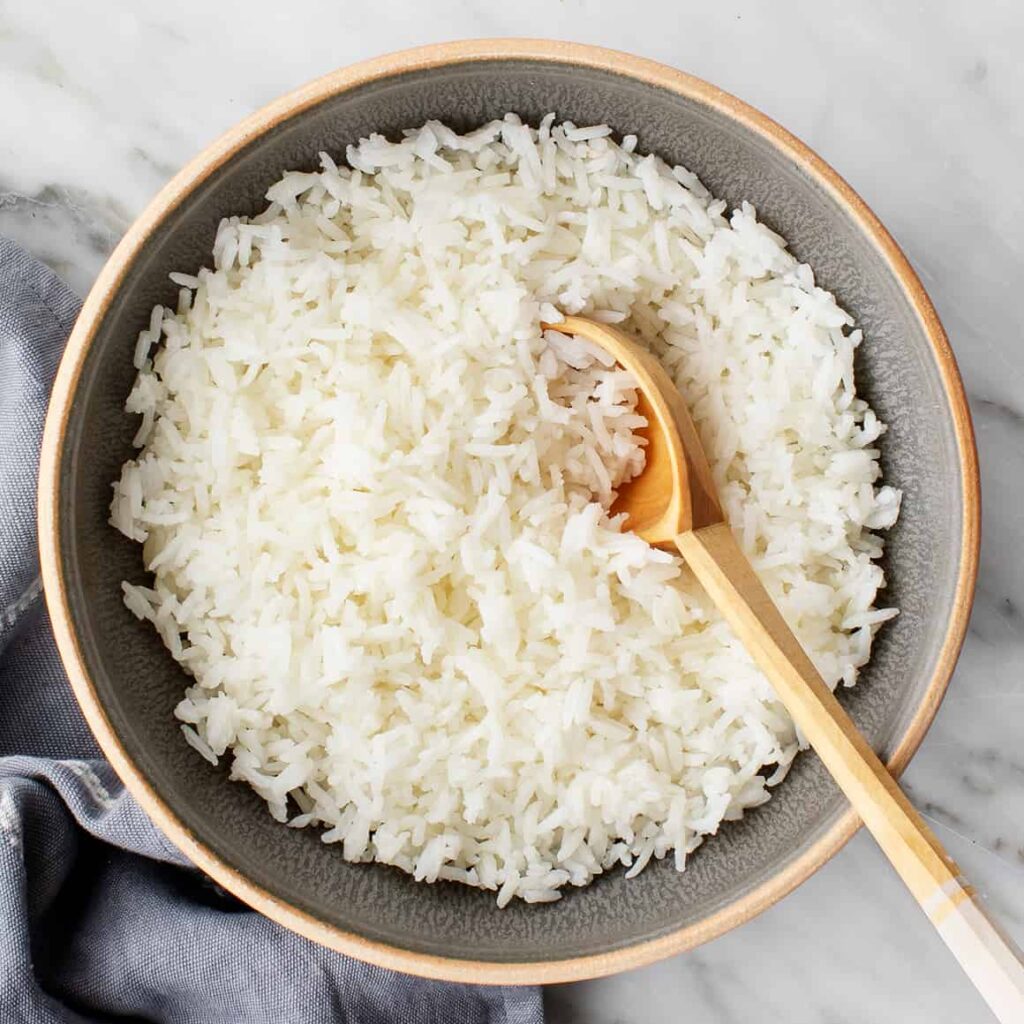
Thailand has long been a major player in the global rice market. In 2023–2024, Thailand exported approximately 7.7 million metric tons of rice, making it the second-largest exporter globally . Key factors contributing to Thailand’s success include:
- Specialized Varieties: Thailand is renowned for its Jasmine rice, prized for its fragrance and texture.
- Advanced Farming Techniques: Adoption of modern agricultural practices has enhanced yield and quality.
- Strategic Export Policies: Government initiatives support rice farmers and promote exports.
- Established Trade Relationships: Long-standing trade agreements with countries in Asia, the Middle East, and Africa ensure steady demand.
Vietnam: A Rising Power
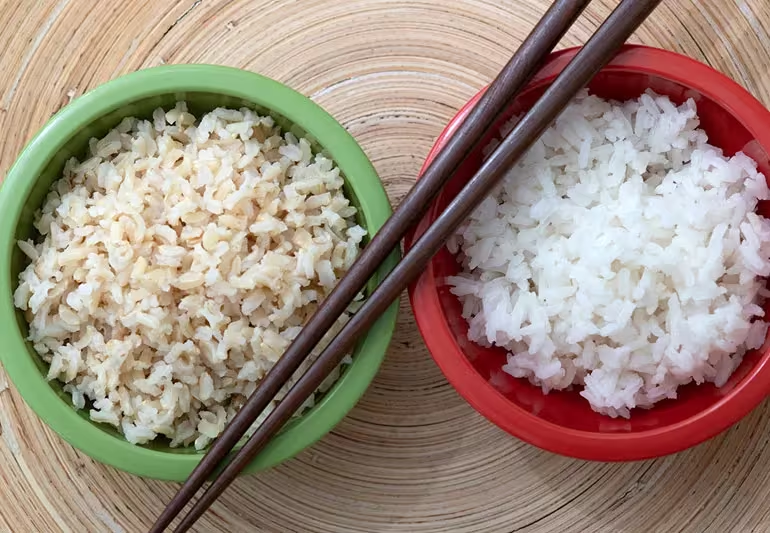
Vietnam has emerged as a significant rice exporter, with exports reaching approximately 5.4 million metric tons in 2023–2024 . Factors contributing to Vietnam’s rise include:
- High-Quality Production: The Mekong Delta, known as the “Rice Bowl of Vietnam,” produces high-quality rice varieties.
- Competitive Pricing: Vietnamese rice is competitively priced, making it attractive in global markets.
- Government Initiatives: Policies focusing on agricultural modernization and export facilitation have spurred growth.
- Diversified Markets: Vietnam exports to over 150 countries, including China, the Philippines, and African nations.
Pakistan: A Key Supplier
Pakistan ranks as the fourth-largest rice exporter, with exports totaling approximately 4.6 million metric tons in 2023–2024 . Contributing factors include:
- Basmati Production: Pakistan produces high-quality Basmati rice, which is in demand globally.
- Irrigation Infrastructure: The extensive canal irrigation system supports rice cultivation in regions like Punjab.
- Export Strategies: Government policies and trade agreements have facilitated rice exports.
- Regional Trade: Proximity to Middle Eastern and Central Asian markets provides logistical advantages.
United States: A Significant Exporter
The United States is a notable exporter of rice, particularly medium- and short-grain varieties. In 2023–2024, U.S. rice exports were valued at approximately $2.1 billion, with key markets including Japan, South Korea, and Taiwan . Factors contributing to the U.S.’s position include:
- Advanced Agricultural Practices: Use of technology and research has improved yield and quality.
- Government Support: Policies such as subsidies and research funding support the rice industry.
- Trade Agreements: Participation in international trade agreements facilitates access to foreign markets.
- Efficient Supply Chains: Well-developed infrastructure ensures timely delivery to international buyers.
Brazil: A Growing Exporter
Brazil has become an emerging player in the global rice market, with exports reaching approximately 1.4 million metric tons in 2023–2024 . Factors contributing to Brazil’s growth include:
- Expanding Cultivation Areas: Increased cultivation in states like Rio Grande do Sul and Maranhão.
- Modern Farming Techniques: Adoption of advanced agricultural practices has enhanced productivity.
- Government Support: Policies focusing on agricultural development and export promotion.
- Regional Trade: Proximity to Latin American markets facilitates trade.
Other Notable Exporters
Several other countries play significant roles in the global rice export market:
- Myanmar: With exports totaling approximately 2.1 million metric tons, Myanmar is a key supplier, particularly to neighboring countries in Asia .
- Cambodia: Exports reached approximately 1.9 million metric tons, with a focus on high-quality rice varieties .
- Italy: Known for its high-quality Arborio rice, Italy exported approximately 944,561 metric tons .
- Netherlands: A significant exporter within Europe, with exports valued at approximately 472,997 metric tons .
Global Export Trends and Challenges
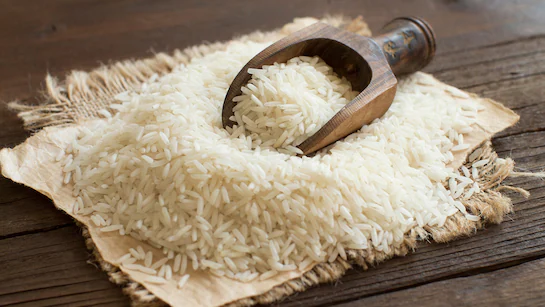
The global rice export market is influenced by various factors:
- Climate Change: Changes in weather patterns can affect rice production and exportability.
- Trade Policies: Export restrictions and tariffs can impact global trade flows.
- Market Demand: Shifts in consumer preferences and economic conditions affect demand.
- Supply Chain Disruptions: Events such as pandemics or geopolitical tensions can disrupt supply chains.
In 2024, global rice prices experienced a decline due to record harvests and the lifting of export bans in India. Thai 5% broken white rice, the global benchmark, fell 26% since late 2024 to $372.50 per tonne. The UN Food and Agriculture Organization’s Rice Price Index dropped 13% in 2025 .
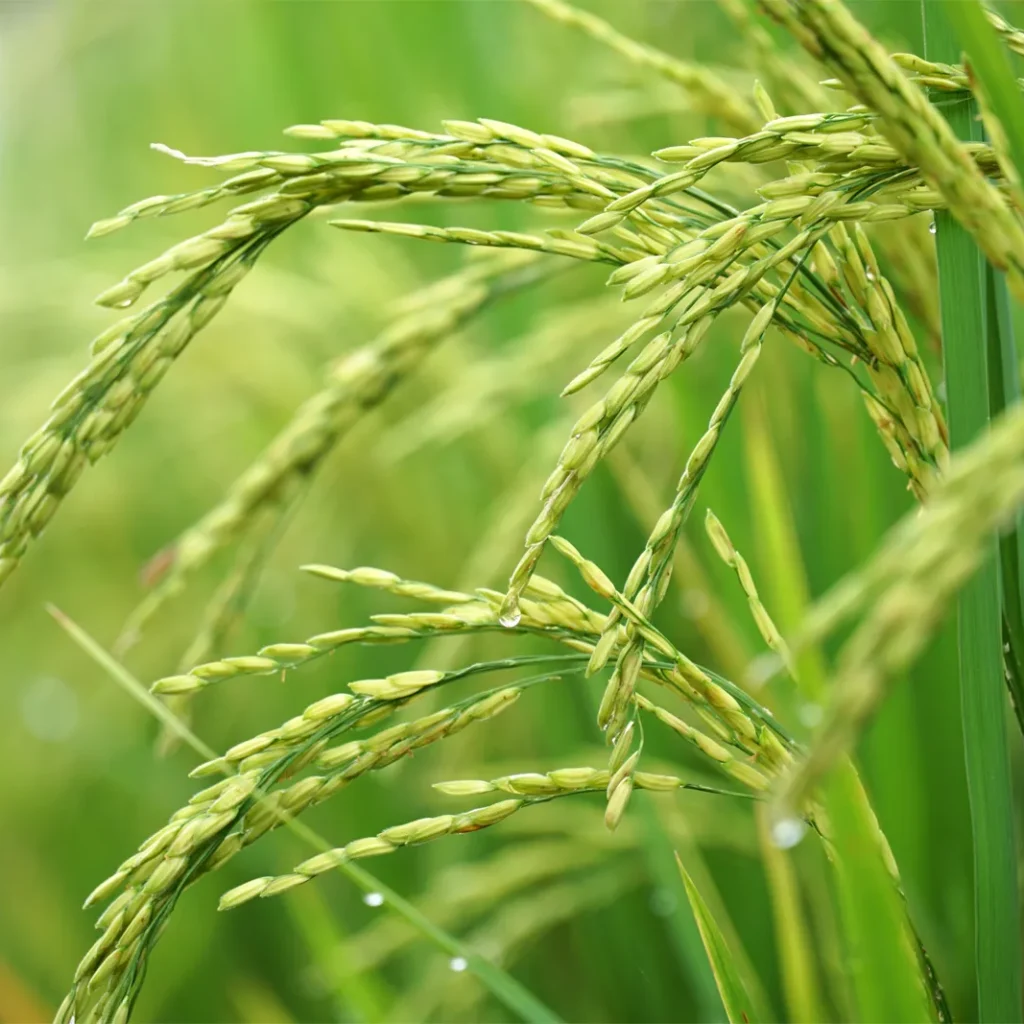
Conclusion
India’s position as the world’s largest rice exporter is supported by its extensive production capacity, diverse varieties, and supportive policies. While other countries like Thailand, Vietnam, and Pakistan play significant roles, India’s dominance remains unchallenged. Understanding the dynamics of global rice exports is essential for comprehending international trade patterns and food security issues.
References
- Food and Agriculture Organization (FAO). (2024). Rice Market Monitor. Retrieved from FAO
- United States Department of Agriculture (USDA). (2024). Rice Outlook: November 2024. Retrieved from USDA
- World’s Top Exports. (2024). Rice Exports by Country 2024. Retrieved from World’s Top Exports
- Wikipedia. (2024). List of countries by rice exports. Retrieved from Wikipedia
- Reuters. (2024). India forecasts above average monsoon rains in boost to crop output, economy. Retrieved from Reuters
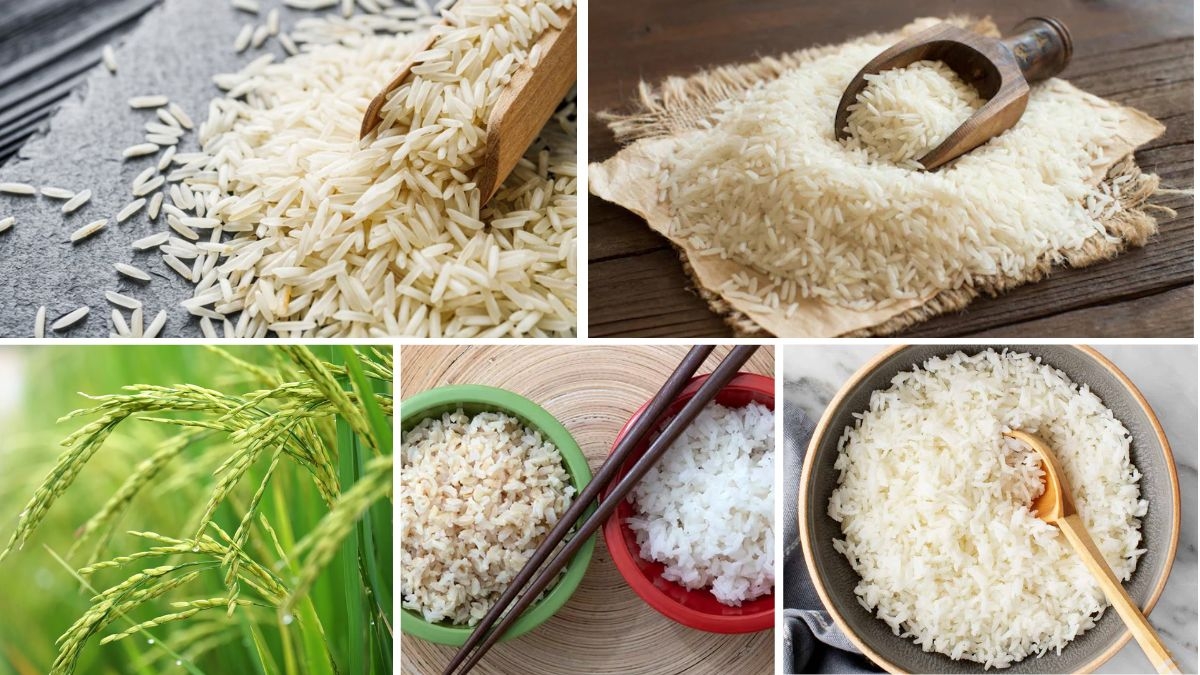




Leave A Comment